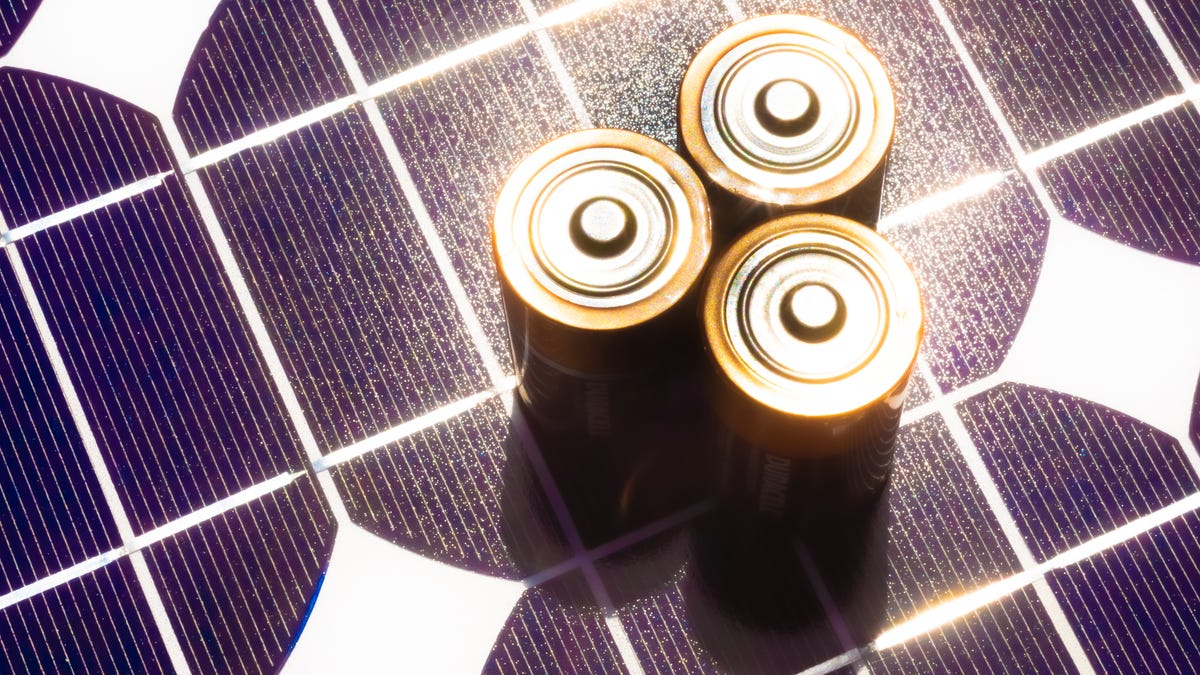
Solar energy installations surged in the first few months of this year, thanks in part to supply chain challenges easing. The US solar industry installed 6.1 gigawatts of solar capacity in the first quarter of 2023. That’s enough power for more than 4 million homes.
The data comes from an industry report released Thursday by the Solar Energy Industries Association and research firm Wood Mackenzie. The record quarter was driven in part by delayed solar projects proceeding once again as supply chain problems have softened, said the SEIA. Renewable energy incentives in the Biden administration’s Inflation Reduction Act also helped spur demand.
Installation in the residential segment increased 30% compared with this time last year, to 1.6 gigawatts. The residential market is expected to add 36 gigawatts of solar over the next five years, according to the report. In total, the SEIA says there’s enough solar energy currently installed in the US to power 26 million households.
Many people look to rooftop solar as a greener and (in the long run) cheaper way to fuel their homes, CNET’s Katie Collins explains. It can also improve a home’s value and energy independence.
But solar doesn’t work for all homeowners, including those who don’t want to spend money on the upfront costs or those without ideal conditions for the panels. If you’re considering solar panels on your home, CNET breaks down installations, tax credits, batteries and everything else you need to know to get started.
The commercial market segment also experienced a record first quarter, installing 391 megawatts, according to the report. Florida had the most solar installations in the quarter, across commercial, residential and other sectors, with 1.46 gigawatts.
